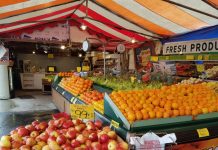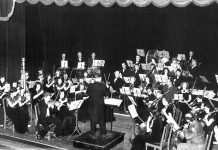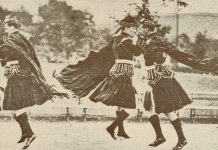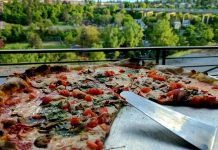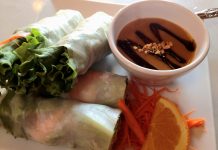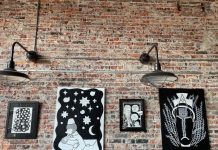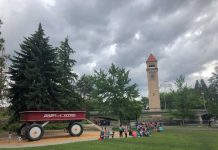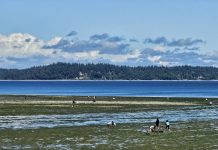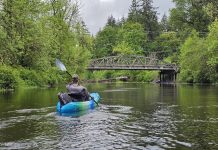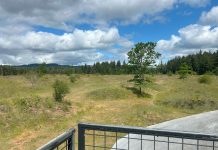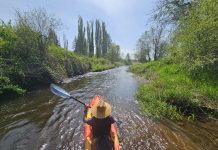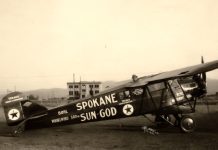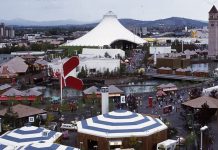Turnbull National Wildlife Refuge is over 20,000 acres of flowering, feathery, furry fun for everyone in the family that many people in the region don’t know about.
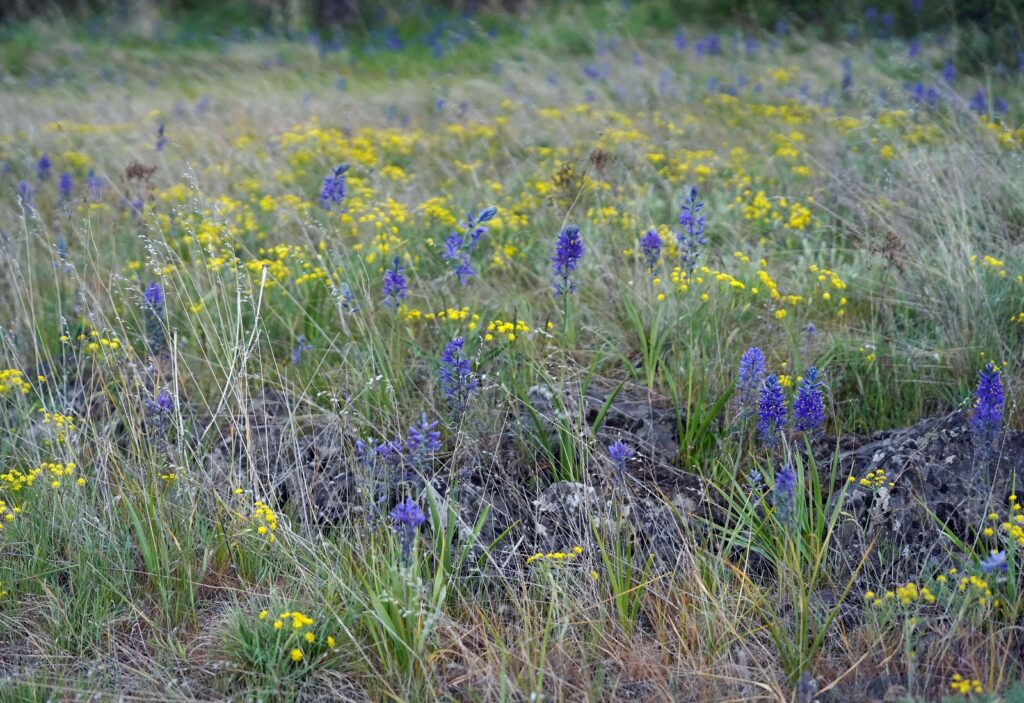
The Refuge, located 26 minutes southwest of Spokane just outside the full-service city of Cheney, consists of over 20,000 acres of forested habitat and wetlands chiseled out of the Eastern Washington volcanic scablands by Ice Age Floods inundating the region over 15,000 years ago. Established in 1937, Turnbull is home to over 200 species of vertebrate wildlife that can be viewed via 11 hiking trails or on a 5.5-mile auto loop.
Refuge Manager Lisa Wilson said staff estimated Turnbull was visited over 50,000 times in 2021. Many were repeat visits by people seeking to enjoy the quiet and serenity of an ecosystem unique within the National Wildlife Refuge system. Refuge staff based the estimate partly on a $3 entrance fee — something no longer required beginning this year.
“It’s gone and will hopefully never return,” Wilson said.
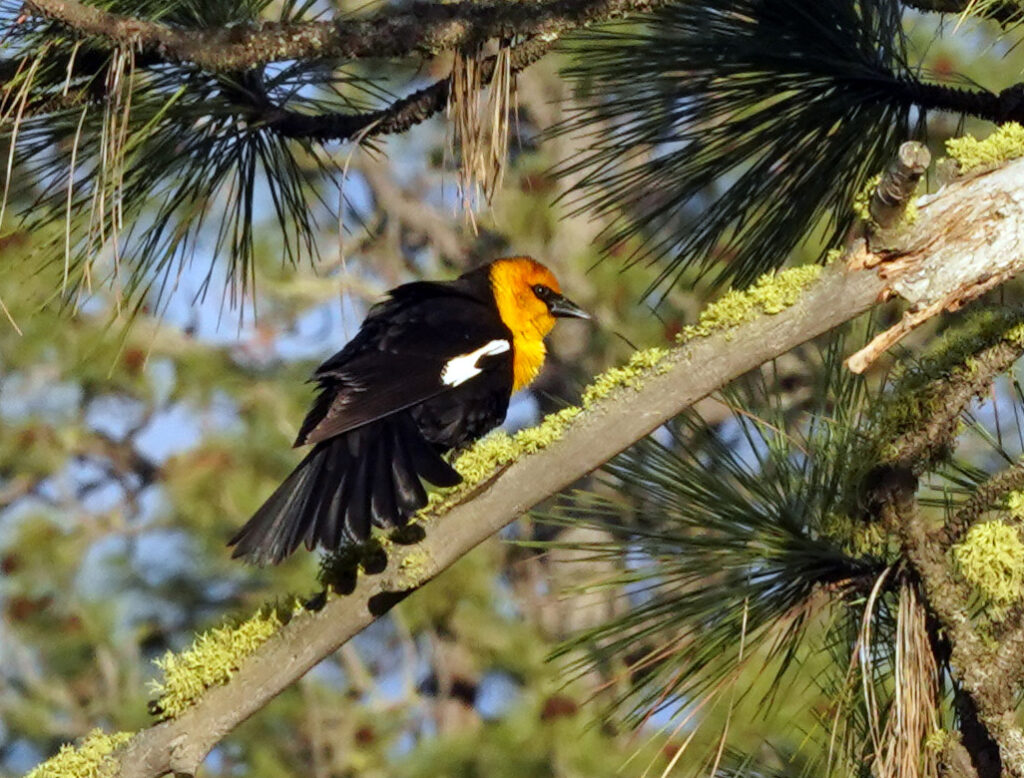
Turnbull’s characteristics distinguish it from other refuges worldwide. It is home to geese, ducks, and other birds such as blue herons, yellow-headed blackbirds, the Western Bluebird, and Trumpeter Swans. Also found among the ponderosa pine, cedar and aspen stands and along the shores of over 3,000 acres of wetlands are 45 species of mammals, including deer, Rocky Mountain elk, moose, river otters, beavers, porcupines and 11 species of bats.
The Refuge is a unique outdoor classroom to teach about wildlife and the natural environment through programs led by staff or volunteers. Visitors to Turnbull can participate in various activities, including environmental education, wildlife observation, photography, and hiking. However, according to Wilson, those programs are on hold right now due to staff turnover resulting from several recent retirements.
With the positions now filled, they hope to offer some programs this fall. The same holds true for programs led by volunteers from the Friends of Turnbull National Wildlife Refuge, a support organization based in Cheney.
“We hope to organize a bird walk and a wildflower walk later in May/June, but don’t have dates yet,” Friends of Turnbull President Lorna Kropp said.
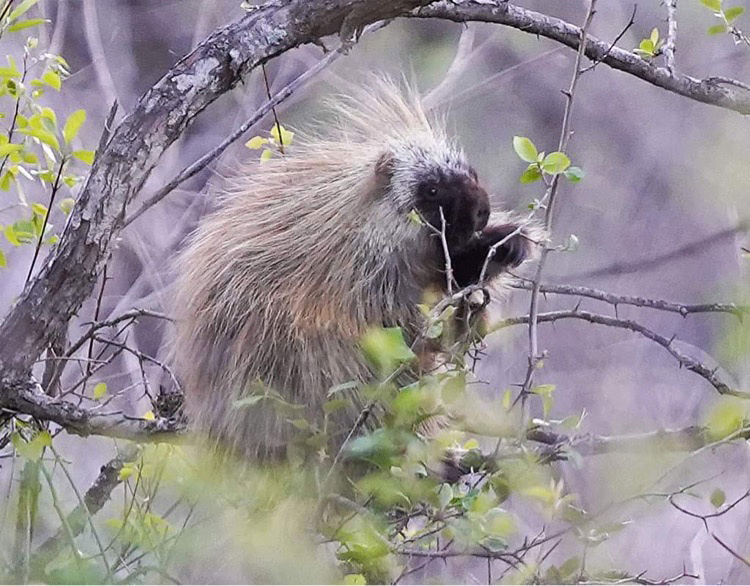
The organization staffs a Nature Store inside the Refuge Administration Building, with hours of operation Saturday and Sunday from 11 a.m. to 4 p.m. “The store sells T-shirts, sweatshirts and hats with Turnbull imprints, books for both adults and children, jewelry, mugs, magnets, postcards and more,” said Kropp.
While organized activities are currently on hold, self-guided adventures abound. The easiest of these is driving the 5.5-mile auto loop — a one-way, packed-dirt and gravel trip through the heart of the Refuge.
The loop — which should be driven slowly to allow wildlife viewing chances — provides access to seven of Turnbull’s 11 trails. Most of these are short — half to three-quarter mile —universally-accessible journeys to viewing points away from the loop.
The Kepple Peninsula Interpretive Trail provides a guide to flora and fauna features along the half-mile trail, with access to a lake-side photo-blind halfway through its loop. The one-tenth of a mile-long Blackhorse Lake Boardwalk also provides photography and viewing as it juts out over the lake.
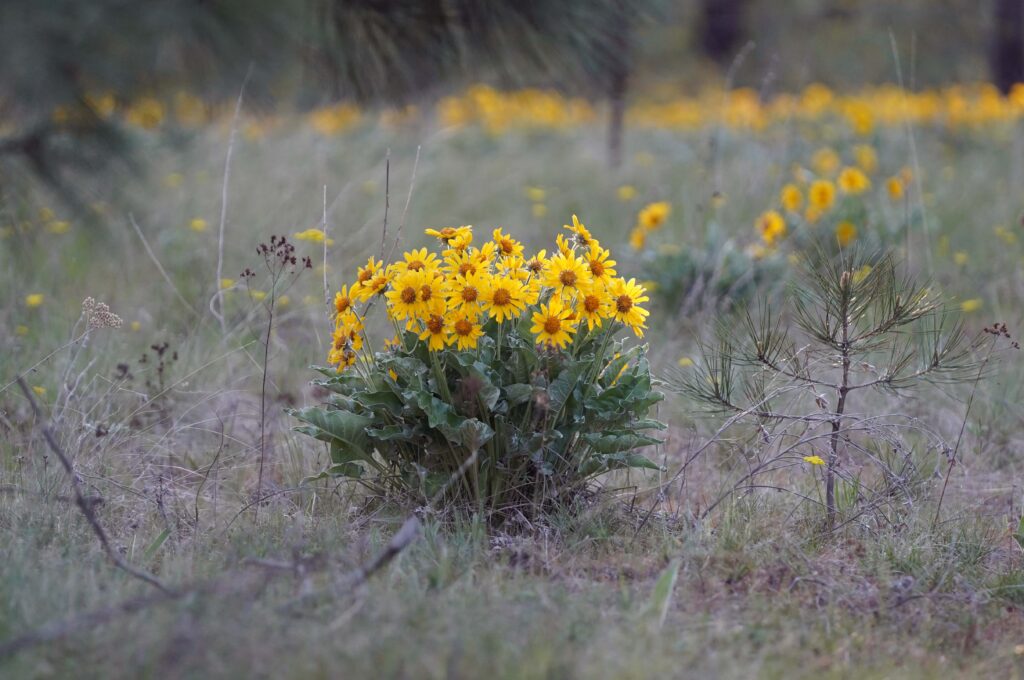
Three trails offer more adventurous access to the Refuge. The 1.25-mile, asphalt-paved Pine Lake Loop Trail is reachable off the Refuge entrance road as well as via a short connector trail from the Administration Building. Bluebird Trail just inside the autoloop entrance offers a two-mile hike, while the five-mile, gravel-loop Stubblefield Trail beginning at the Administration Building transports hikers to Stubblefield Lake — a “hot spot” for animals throughout the year.
Providing visitors assistance with their adventures will be another new feature of the Refuge this year — a seasonal park ranger. Wilson stated the ranger will be available to talk to visitors about what they’re seeing and what they might need to enhance their experience.
Turnbull National Wildlife Refuge is open year-round, with operation hours running from 6 a.m. to dusk. The early morning and late evening hours provide the best wildlife viewing chances.
“We follow the sunset, so it varies,” Wilson said.
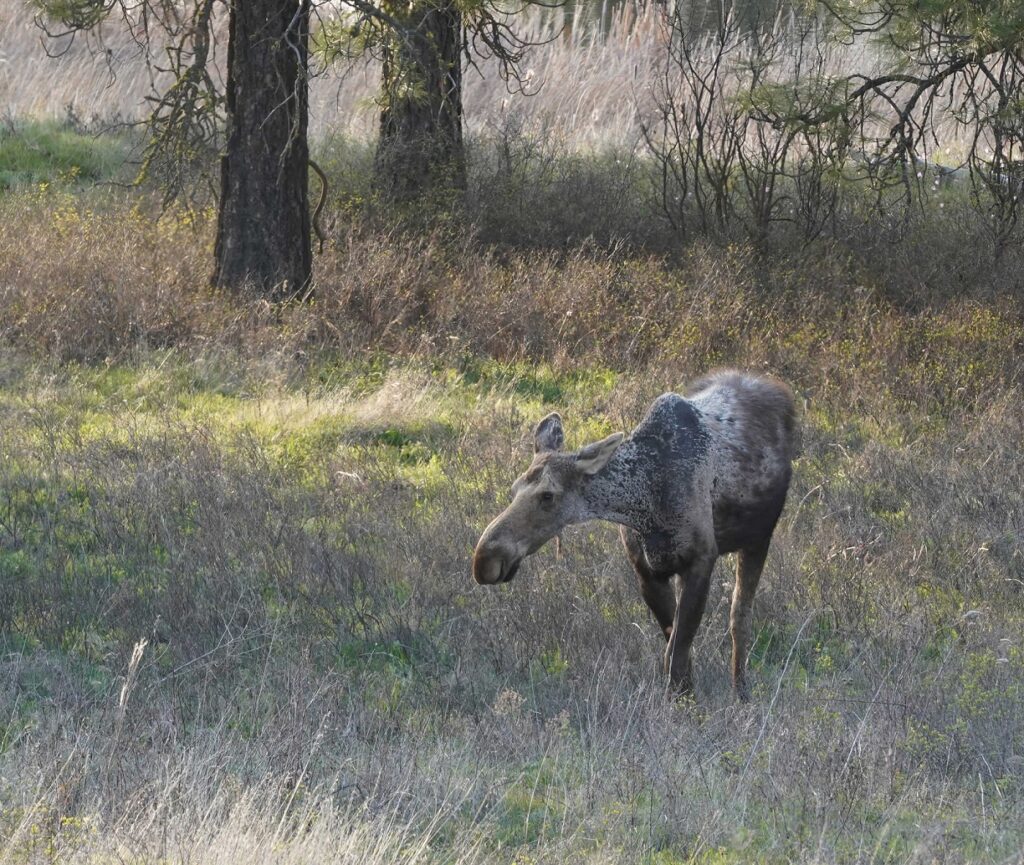
The Refuge offers something different in each of the four seasons. Spring highlights include animal migrations along with carpeted explosions of color as wildflowers from the yellow arrowleaf balsamroot to the lilacs, purples and whites of camas, prairie star and lomatium blossom. Summer features animals busy parenting their offspring, so visitors can sometimes hear the screeching of Great Horned Owls or other calls as they tend to their young.
Fall brings the bright colors of changing leaves among the dogwood and aspen trees, with mule and white-tailed deer appearing along with a vast variety of birds preparing to head south. During winter, birds such as woodpeckers, northern flickers and red crossbills remain behind, along with the larger mammals such as elk, deer and moose.
Turnbull National Wildlife Refuge is located at 26010 South Smith Road in Cheney. Call 509.235.4723 for additional information.


